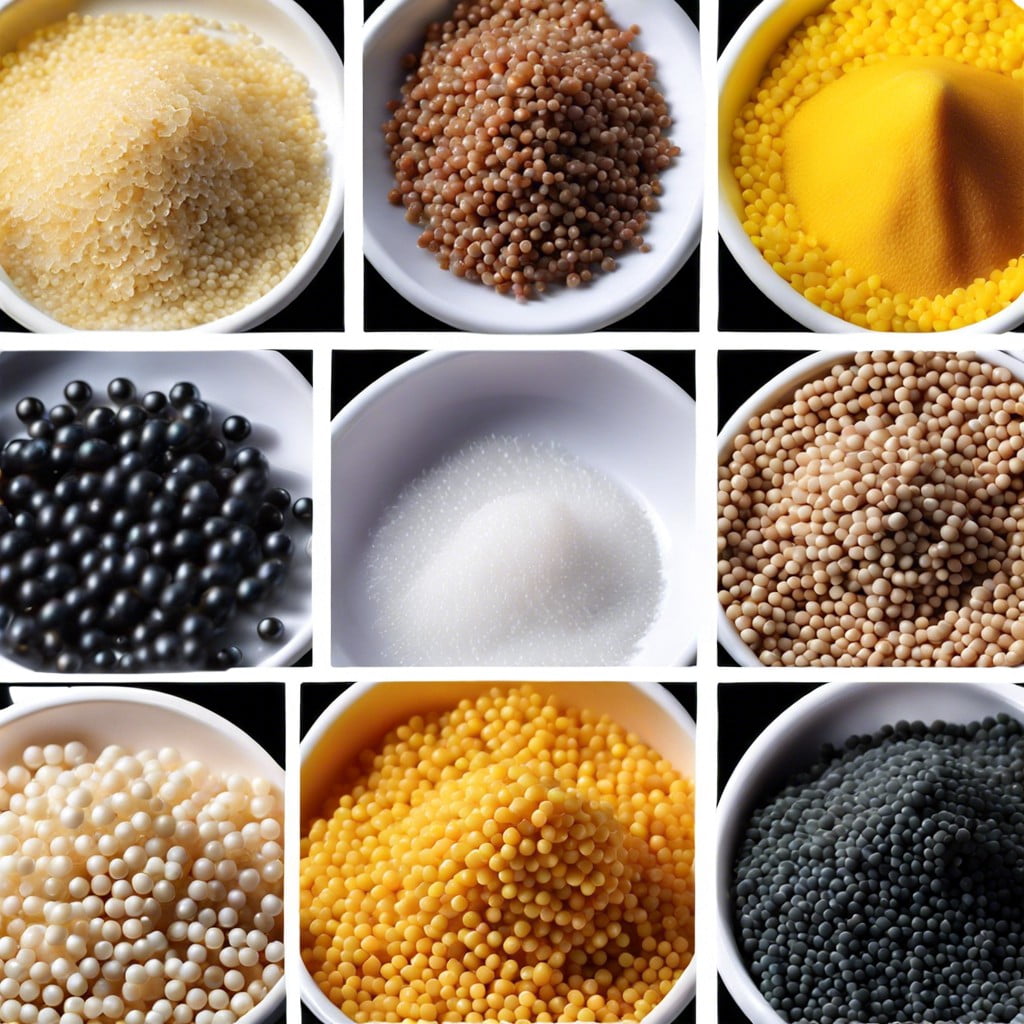This article provides a comprehensive understanding of natural and synthetic polymers, examining their unique properties and diverse applications across several industries.
Key takeaways:
- Natural polymers: cellulose and DNA, versatile and vital in nature.
- Cellulose: from tree bark to flexible paper.
- DNA: natural polymer carrying genetic information, with complex functionality.
- Synthetic polymers: nylon and polyethylene, engineered for specific uses.
- Nylon: strong and versatile, revolutionizing textiles and beyond.
Natural Polymers

Found abundantly in nature, cellulose is the primary structural component of plants. Acting as nature’s building blocks, it forms the rigid cell walls of trees and manifests as cotton in a more refined state, which is then spun into soft, wearable fibers.
Similarly profound, DNA – the molecule that carries genetic instructions – is another natural polymer vital to life’s blueprint. Its double-helix structure encodes the necessary information for the development and functioning of all living organisms, making it a cornerstone of biological systems.
These polymers showcase the versatility and complexity of naturally occurring substances that play critical roles in both the natural world and human-made applications.
Cellulose in Paper and Trees
Cellulose is a natural polymer vital to plant structure, providing the strength and rigidity to stalks, stems, and trunks. In trees, this organic compound intertwines to form the tough fiber known as wood. When wood is processed to make paper, the cellulose fibers are separated and reorganized, creating a network that gives paper its various qualities like thickness, flexibility, and absorbency.
This complex carbohydrate is made of glucose units linked together, creating long chains that have the remarkable ability to form both crystalline and non-crystalline structures. Its presence in nature is a testimony to the versatility of polymers; evolving from rigid tree bark to the soft, flexible paper we use every day, showing polymers’ potential to adapt to different uses and needs in construction and beyond.
DNA
DNA, deoxyribonucleic acid, is a remarkable natural polymer that carries genetic information. It is composed of long chains of nucleotides, which are repeating units each made of a sugar, a phosphate group, and a nitrogenous base. The arrangement of these bases encodes biological instructions for cell function and heredity.
Structurally, DNA is a double helix, with complementary bases pairing up to form the “rungs” of the helical “ladder.”
A few highlights of DNA in terms of polymer science include:
- Biological Synthesis: Unlike synthetic polymers produced in industrial settings, DNA is synthesized biologically by enzymes within the cells of living organisms.
- Complex Functionality: DNA’s function extends beyond structural support; it is the cornerstone of life, determining traits from eye color to disease susceptibility.
- Replication Ability: DNA can replicate itself, ensuring that genetic information is passed on during cell division.
- Repair Mechanisms: Cells have built-in repair processes to correct any damage to the DNA, reflecting the polymer’s dynamic nature in sustaining life.
Understanding DNA’s role as a natural polymer enhances our appreciation of not just its complexity, but also the interplay of natural processes that has inspired the development of synthetic polymers.
Synthetic Polymers
Synthetic polymers are man-made materials engineered for specific uses. Nylon, for instance, was one of the first synthetic fibers and is widely recognized for its strength and elasticity. It’s commonly used in textiles and ropes.
Polyethylene, another versatile polymer, is the most common plastic globally and takes on various forms, from the sturdy High-Density Polyethylene (HDPE) in containers to the more flexible Low-Density Polyethylene (LDPE) in plastic bags.
These polymers are created through a process known as polymerization, where small molecules called monomers chemically bond to form long chains.
The diversity of synthetic polymers is owed to the ability to tailor their molecular structure, resulting in a wide range of properties and applications that touch almost every aspect of modern life.
Nylon
Nylon is a versatile synthetic polymer, first produced in the 1930s. It’s recognized for its strength, durability, and elasticity.
Thanks to its ability to be drawn into thin fibers, it revolutionized the textile industry, providing an alternative to silk in products like stockings and parachutes.
Beyond textiles, nylon’s resistance to wear and abrasion makes it suitable for mechanical parts, such as gears and bearings.
It’s also resistant to oil and many chemicals, which broadens its uses to automotive components and protective materials.
This polymer can be crafted into films or molded into shapes, showcasing its flexible application potential in various industries.
FAQ
What are 4 examples of polymers?
Four examples of polymers include polyethylene, polypropylene, polyvinyl chloride (PVC), and polystyrene.
What are 5 things made of polymers?
Five items made of polymers include synthetic fiber clothing, polyethylene cups, nylon bearings, polymer-based paints, and polyurethane foam cushions.
How are polymers utilized in modern construction techniques?
Polymers are utilized in modern construction techniques as essential materials in thermal insulation, reinforcement of concrete structures, waterproof coatings, adhesive bonding, and sealants due to their flexibility, strength, and durability.
What are the benefits of using polymer materials in building infrastructures?
Polymer materials in building infrastructures offer benefits such as increased durability, cost effectiveness, and flexibility in design.
What are the potential disadvantages or challenges in using polymers in the construction industry?
The potential disadvantages or challenges in using polymers in the construction industry include higher costs, environmental impact, susceptibility to UV damage, and potential health risks during manufacturing or disposal.
Recap




